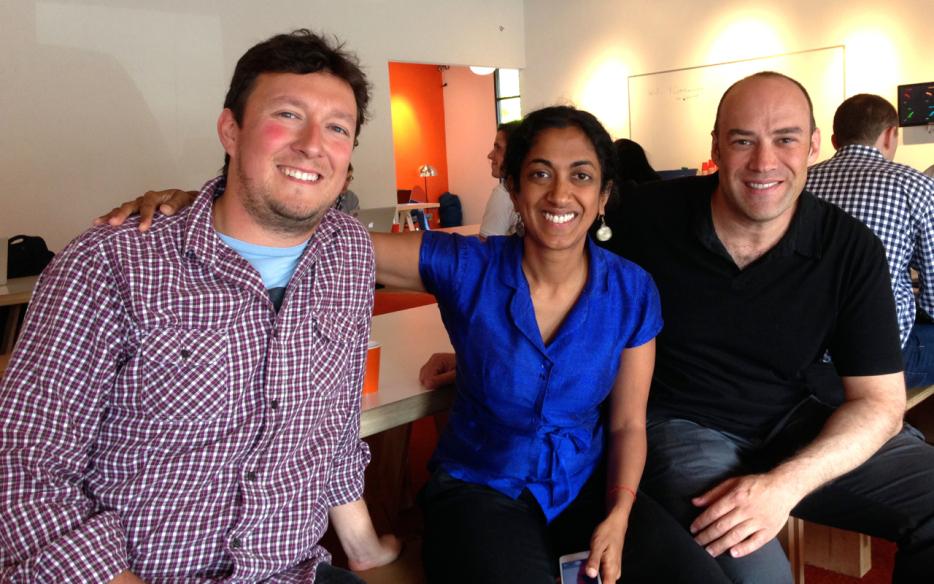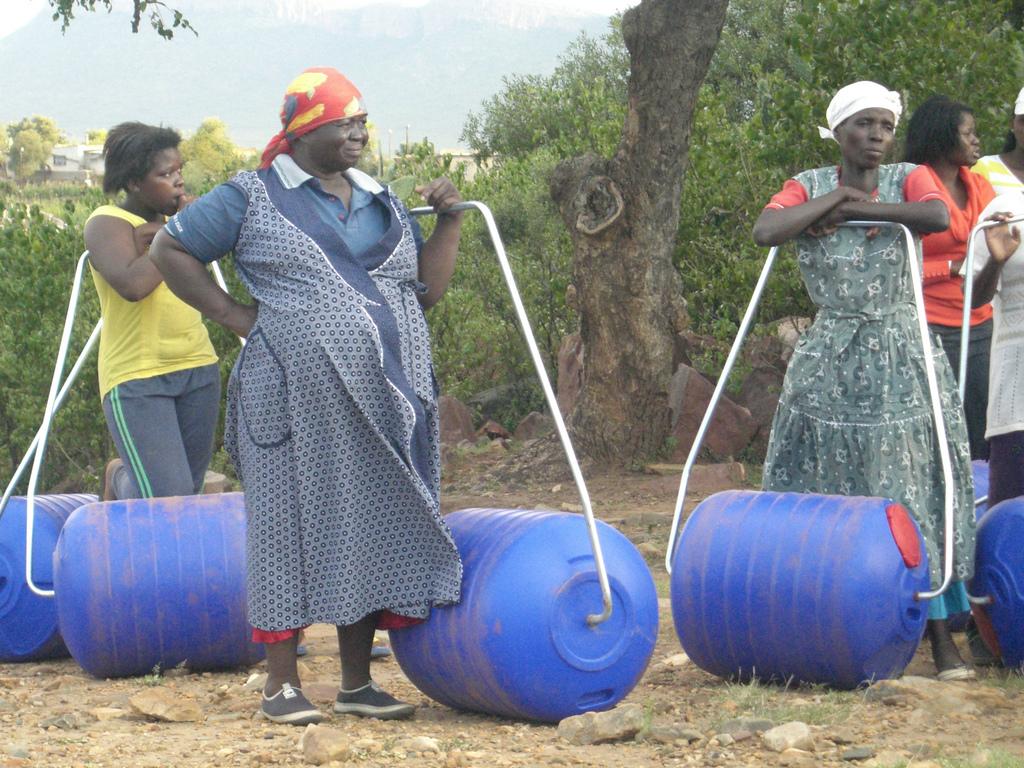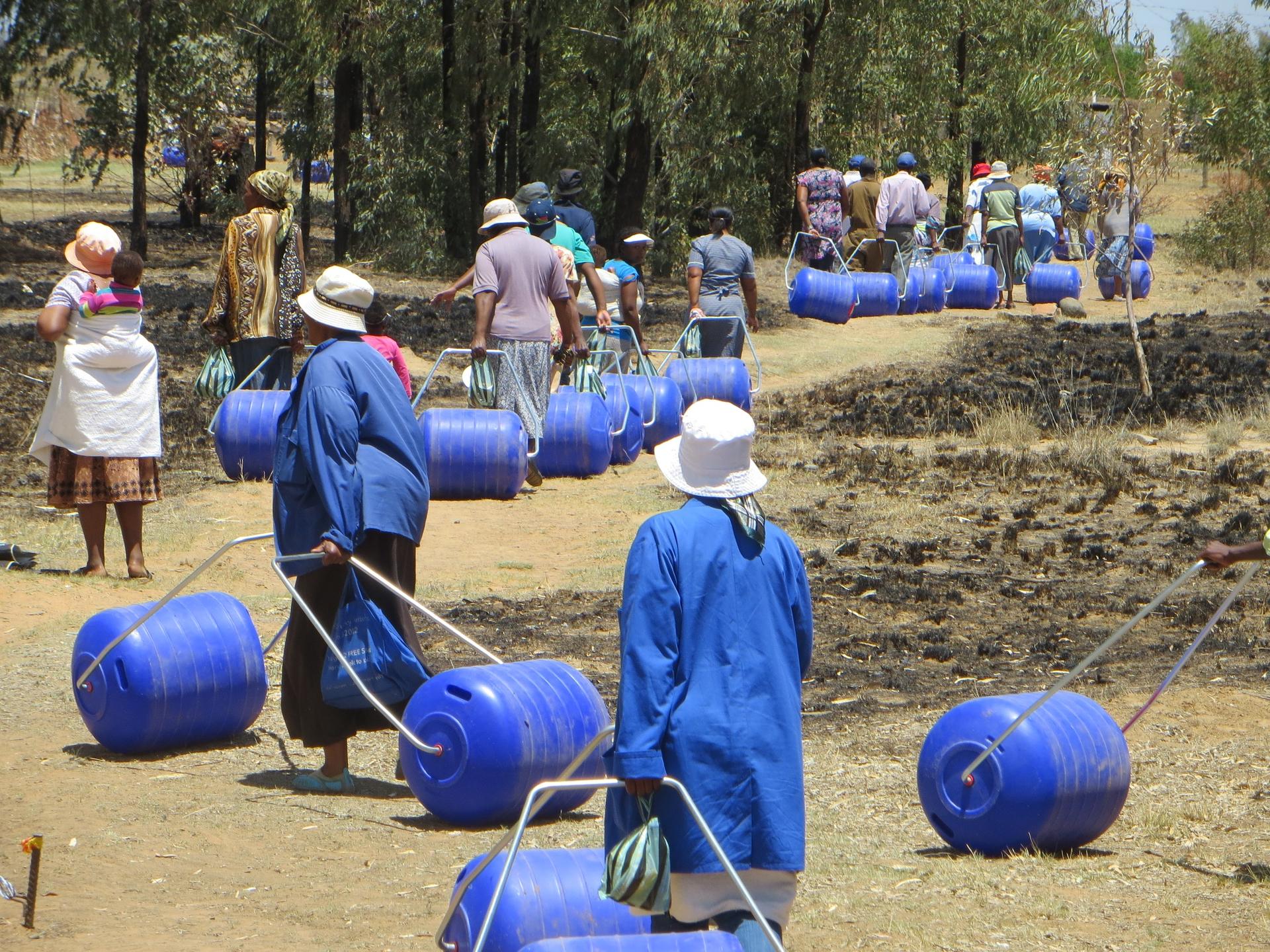How new technologies are bringing water to the developing world
One-fifth of the world’s population lives in a community where water is scarce, and the United Nations predicts that half of the world will be living with water scarcity by 2050. The sad truth is that there is enough water on the Earth for all of its inhabitants, but unequal distribution stops many populations from having easy access to water. However, thanks to the technology of the 21st century, the underdeveloped world is more accessible than ever. Philanthropists and entrepreneurs are creating new solutions to revolutionize the way water is accessed in impoverished communities across the globe.
One such entrepreneur is Meena Palaniappan. After spending decades working on water and sanitation issues, Meena used her expertise to help start the non-profit Atma Mobile Networks. After years of work with the poorest communities of many developing countries, she noticed that while people didn’t have access to pipe water, they almost always had cell phones. Since perhaps the biggest barrier to water access was simple information, Meena saw an opportunity in the proliferation of mobile phones.

“In the last decade I saw just the ubiquity of mobile phones, even in the urban poor communities that I was working with in India and Africa and Indonesia,” Meena says, “It just seemed like a tremendous opportunity to begin to address these issues in ways that could help connect and empower people to get more reliable and affordable access to their basic needs.”
Atma Mobile works by providing communities with information about competing water vendors in the area through cell phones. Though it seems simple, without this information many impoverished people end up paying more for water than necessary. “We calculate for a family of 4 in Indonesia, they could be spending 10% of their household income over the course of a year on purchasing water from private water vendors,” Meena explains, “What if we could put the power of information in their hands? By opening up our mobile app, Atma Go, they're able to get access to a list of water vendors in their area with phone numbers and prices so they can make better purchasing decisions on water and drive more efficiency and transparency in the urban water market. That's one way that we're unlocking the power of the mobile phones that people already have in their hands and rely on.”
Meena says Atma Go is one way of trying to level the playing field. “I think when we look at water scarcity we really need to look at water inequality,” Meena says, “There's a certain amount of water that's available and a certain reach into the world. The question is, who's getting access to that water and what price is that water?”
Meena’s Atma Mobile Networks is working to end this unequal access to affordable water amongst urban poor in developing countries. What about rural communities? While urban populations struggle for fair access to pipe water, for the most rural populations access to any water at all is a daily struggle. Grant Gibbs, executive director of the Hippo Water Roller Project, knows this all too well. Running for over 20 years, this South Africa-based nonprofit improves access to water for rural communities with no water infrastructure whatsoever.
The Hippo Water Roller is simple. Its inventors came from rural farming communities in South Africa where everyday was started by walking for miles while balancing water in a bucket on the head. The process was so labor-intensive and time consuming that it prevented children from spending time in school. The Hippo Water Roller consists of a circular 24-gallon hard plastic drum and a steel handle. Once filled with water, the drum goes on its side and acts as a wheel, and can then be pushed to a destination instead of carried. “More water means a better quality of life. You improve the hygiene and the health of the family, and that generally speaking improves the morale and the energy levels of people,” Grant explains,
“Children who would beforehand spend hours every day collecting water because that's the first thing they have to do in the morning, unfortunately they'd miss a lot of school. Mothers walk about six kilometers to a water point. You've got to carry that water back, One bucket is not enough so you have to do that a few times a day.”
Simply by saving this time, the Hippo Water Roller is a revolutionary tool. Beyond streamlining the process of obtaining water, the Hippo Water Roller is a multi-tool that can be used for irrigating farm as well. By unscrewing a mini-cap on the main lid, the Roller releases a stream of water while its owner pushes it along a row of crops, irrigating a small farm. This is a much more efficient process than walking back-and-forth up to 40 kilometers with a bucket, watering trees.

While this may seem like a rather simple development, Grant stresses how a simple piece of technology is sometimes the most appropriate. “The important thing is to try and come up with appropriate solutions that will work in these particular environments. One of the main features about the Hippo Roller is that it's maintenance free. You don't have any replacement parts that need to be changed from time to time.” In some of the most remote areas of the planet, this durability is the difference between a band-aid solution and a true societal development.
Ravi Reddy, a businessman and philanthropist in India, sees eye-to-eye with Grant on the need for simple and sustainable business models. Ravi founded The Community Water Project (CWP), a for-profit endeavor looking to address safe drinking water accessibility in the many rural communities of India. CWP builds cost-effective water processing plants in communities where they are needed, and then community members can buy 10 or 20 liters of water per day for around the cost of half a penny.
“The technology itself has been available for a long time,” says Ravi, “the question is all about being able to do it in an effective and sustainable fashion.” And when Ravi says sustainable, that refers not only to the infrastructure of the plants, but more importantly, of the business model. Ravi explains that the attempts at water solutions from the public sphere have been well-intentioned, but poorly executed. “They would come in and put in a much higher capacity plant which was really not needed, and then it would require much more maintenance,” Ravi explains. As the cost of maintenance rises, the government would abandon the project, and no one in the community would be invested in saving the plant.
Ravi’s solution was to make the plants a business opportunity for members of the community. “We have an operator there all the time who has an economic incentive to be there, not just as a job, but also as a representative of the organization,” he says of CPW.
“It’s much more community involvement, and with active management behind it, it’s been successful there.”
While CPW’s strategy has been working so far, Ravi recognizes that they have a long way to go. “Right now we are only 150 plants, India alone has about 600,000 rural communities, so it’s a huge job.” But he sees his innovative methodology, of creating accessible water through a business model driven by social investment, already attracting the attention of the government. “Many of the governmental organizations who are involved with water, they have started calling us and asking us to help them operate these plants,” Ravi says, “Then we tell them these are our criteria because the people expect it to be free… But if you want an economically viable and sustainable thing it has to have operating cost involved. I think the government is beginning to recognize that.”
“We are all about accessibility and affordability of safe drinking water to all rural communities which do not have it, it is as simple as that,” Ravi says. And simplicity seems to be the key. Whether its simple pricing information coming in a text message from AtmaGo, a barrel that simplifies the way water is locally transported, or a simple business model that makes water access truly sustainable, access to clean and safe water is becoming a reality for more of the world.
